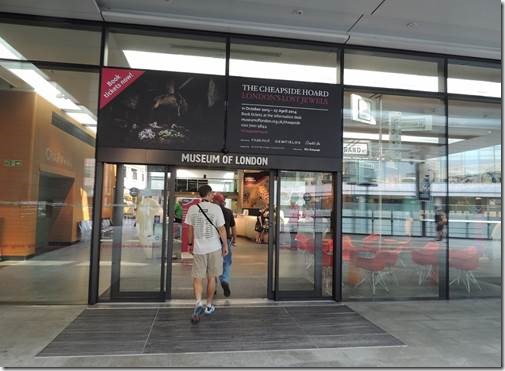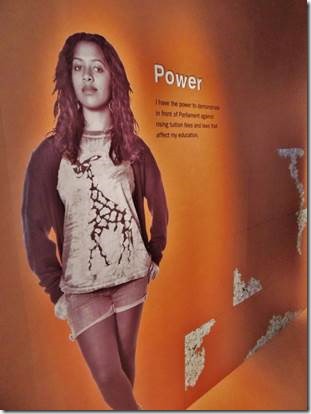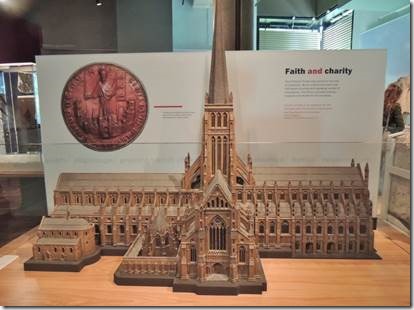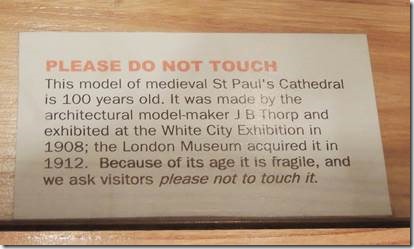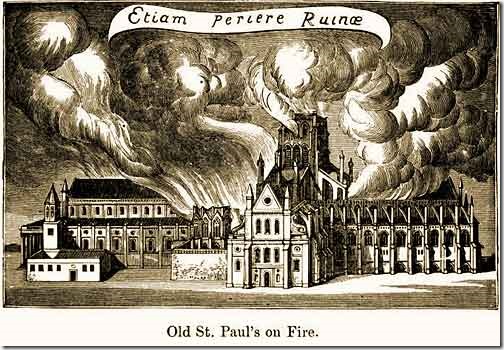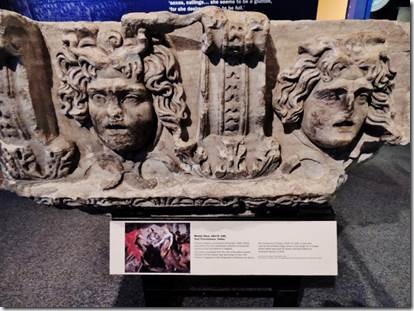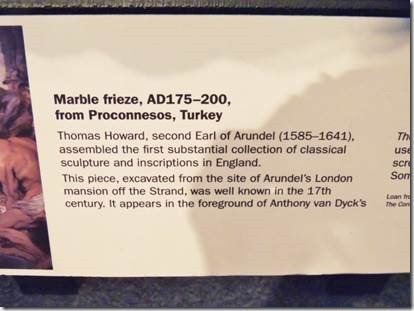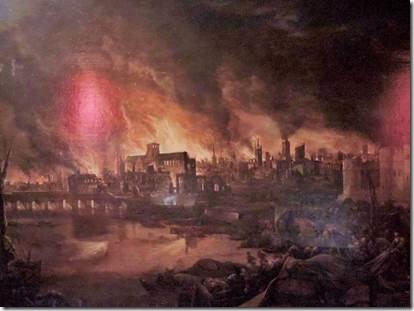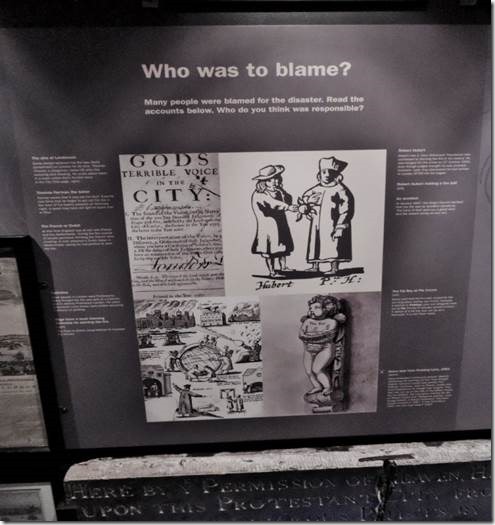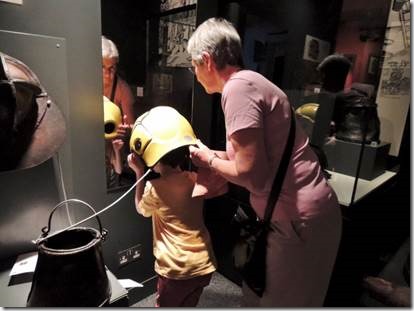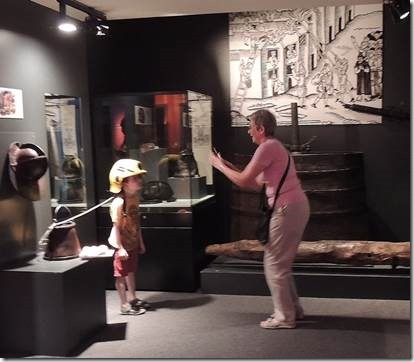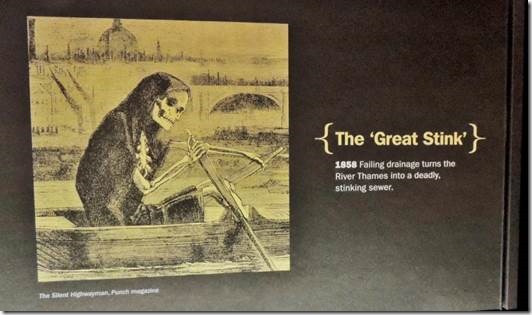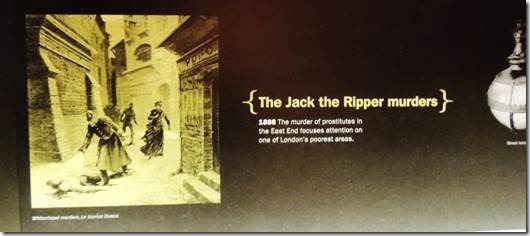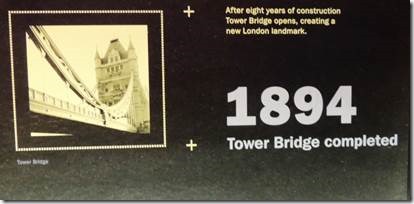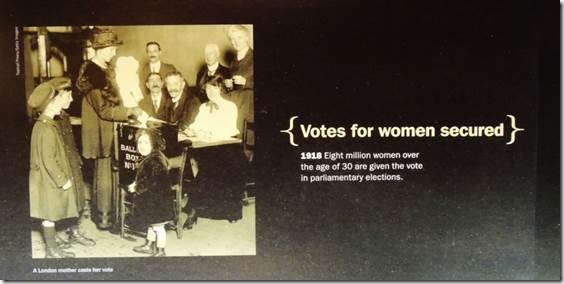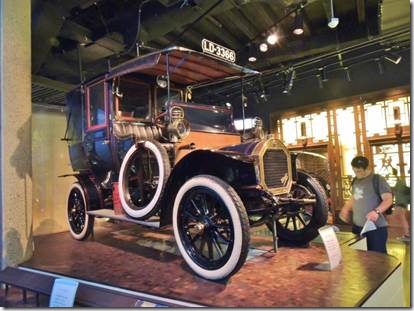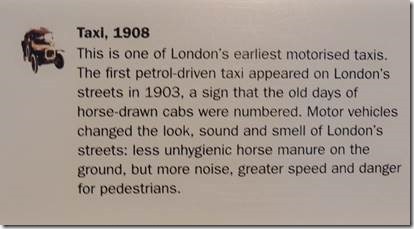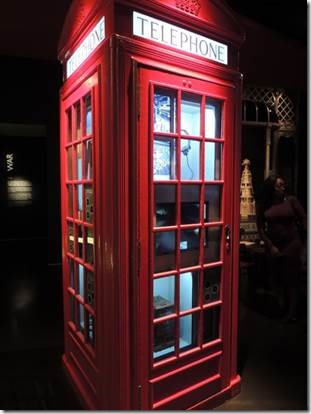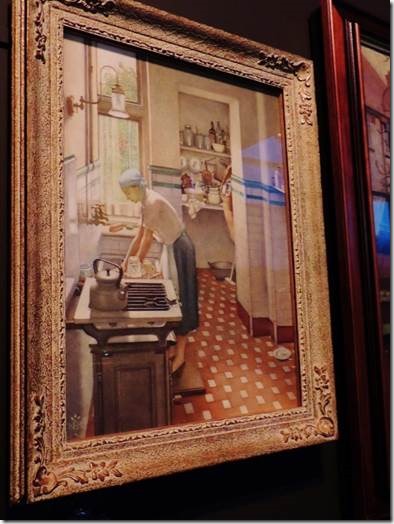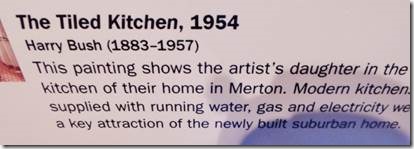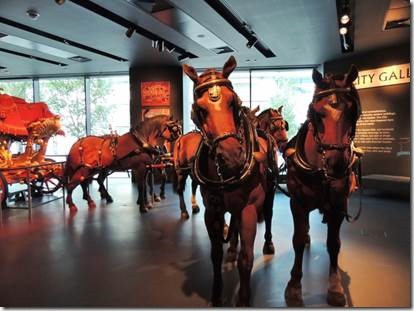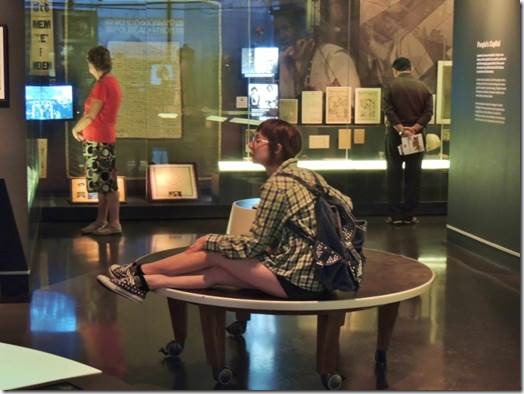Rosh Hashanah
L’Shana Tovah to those who celebrate the Jewish New Year
At some point I would like to see the Great Synagogue of London. I would also love to hear Chief Rabbi Lord Jonathan Sacks, a wonderful speaker/story-teller. However, apparently Sunday he will step down from this position; but hopefully will give lectures in other venues while we are here. http://www.youtube.com/watch?v=pVLCUKDf64o lets you listen online to a talk he gave In February 2013 on Trust & Trustworthiness, part of a series of lectures on Trust hosted by the Woolf Institute in Cambridge and the Cardinal Bea Centre at the Gregorian University in the Vatican. The Chief Rabbi was introduced by Lord Williams, Former Archbishop of Canterbury.
Another busy day today. We started the day at the Royal Air Force Museum complex. Randal and John really enjoyed it. After a bit I sat and read my book. Then Randal retuned to the boat and John and I went to the Foundling Home and then I returned to the boat and John toured Handel’s Home and several other places. I did my first solo expedition getting myself back to the boat without following either Randal or John but it worked just fine….with a question here and there along the way. Of course I took bunches of photos. I have no clue when I’ll ever get caught up.
We’ve had beautiful summery weather since we arrived; tomorrow calls for rain. We’ll see.
Ru
Museum of London http://www.museumoflondon.org.uk/london-wall/
The Museum of London is an amalgamation of two earlier museums: the Guildhall Museum, founded in 1826 and the London Museum founded in 1912. Both collections came together after the second world war. The new Museum of London opened in 1976.
The Guildhall Museum was largely archaeological. Its first acquisition was a fragment of Roman mosaic from Tower Street in the City of London. The London Museum had wider interests, collecting modern objects, paintings, and costumes alongside archaeology.
Since 1976 the Museum of London has operated as a social and urban history museum, but maintains its archaeological interests, particularly through its commercial archaeology service, MOLA.
It continues to occupy its original building but opened a second public site in 2003, Museum of London Docklands housed in a Grade I listed warehouse at Canary Wharf.
Prehistoric •Roman •Saxon and medieval •Tudor and Stuart •Decorative arts •Dress and fashion
•Paintings, prints and drawings •Photographs •Social and working history •Port and river collection
•Life stories and oral are the collections you can wander through, but in the 90 minutes we visited you can only just see what’s there, pick a few favorites and plan to return.
My knowledge of London’s history is about Zero other than what I’ve learned watching Masterpiece Theatre or reading Anne Perry’s mysteries. I’m not at all into pre-history and I’m fairly Roman Empire-ed out from our time in Turkey, Israel, Sicily and Tunisia so I pretty much skipped ahead until the Black Plague caught my eye. Pretty gruesome. Then I skipped ahead to the Great Fire of London. And then to the early 1900s in the East End where Jews, Chinese, Poles and Italian all mix together; and finally the World Wars.
|
Randal and John : Museum of London |
|
Young people and their relationship to London and to Roman London. “The young people curating the exhibition are part of Junction, the Museum of London’s youth panel. Members of Junction worked closely with Museum of London staff to choose objects, write text panels and even appoint Olly Gibbs, the illustrator responsible for the exhibition’s visual identity. Other young people from a number of partner organizations across London have created artistic content for the exhibition. http://www.museumoflondon.org.uk/london-wall/Whats-on/Exhibitions-Displays/Our-Londinium-2012/ |
|
The St. Paul’s that burned in the Great Fire of London in 1666. |
|
A Turkish treasure in the Museum of London : one feels differently having lived in Turkey about where these treasures should actually be. |
|
Great Fire of London 1666 http://www.fireoflondon.org.uk/game fun interactive way to learn about the fire from the Museum of London website |
|
Trying on a fire hat Aunt or Grandma…great to have them. I listened to this woman’s husband explaining to the boy how the fire buckets were used. |
|
Highlights (to me) of the London timeline. Glad this has been improved! In American women weren’t “granted” the right to vote until 1920. |
|
An Icon if there ever was one |
|
“In 1910 Harry married Noel Nisbet and moved to Battersea Park Road. Shortly thereafter they set up a studio at 19 Queensland Ave., Merton Park. This property and the surrounding suburbs, which were featured in many of Harry’s paintings, helped earn him the title of The Painter of the Suburbs.” http://www.rehs.com/Harry_Bush_Bio.html |
|
Lord Mayor’s Coach… but it was the horses that got me and seemed so real! Anglo Pacific Undertakes Transatlantic Six Horse Shipment for Museum of London “Last month, international removals company Anglo Pacific was entrusted with the unique task of transporting six life-size fibreglass horses from New York across the “pond” to the Museum of London. Now on permanent display in the City Gallery, the steeds arrived safely and are proving very popular with visitors. Head of Design for the Museum of London, Leigh Cain, explains, “The magnificent Lord Mayor’s Coach has been the centrepiece of the City Gallery for some time now but we felt it deserved an added flourish to bring it to life so our patrons, the Harcourt Group, commissioned the creation of half a dozen horses. We chose British-born but New York-based sculptor, David Hayes, a specialist in concepts for museums film and advertising, for the role and the end result has been perfect. The Lord Mayor’s Coach is now getting the extra attention it deserves.” David worked in discussion with Leigh to capture just the right look for the sculptures. Crafted in tough but lightweight glass reinforced plastic, the horses are 16.5 hands high, reddish-brown bay colour and a cross-breed of Hunter and Draught horse. To give the most lifelike finish, the animals have been sprayed with flock fibres combed into place to give a realistic hair pattern and the mane and tails are the genuine article. The horses are harnessed with copies of those used to pull the Coach during the Lord Mayor’s Show each November with the front left horse saddled ready for the postilion rider who has control over the other five. |
|
Museum Goers….. If this were a Winslow Homer painting you’d think that the 3 people were examples of loneliness: being together but not being connected. When I took the photo I was just trying to capture the woman so focused on what she was seeing; I didn’t even notice the other people in the picture. Always some surprises when I actually look at the photos I take. |

